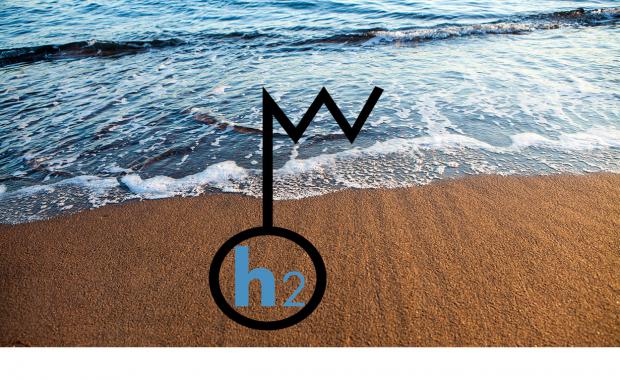
Breaking News
 Engineered backdoors in technology, have given intelligence agencies unfettered powers.
Engineered backdoors in technology, have given intelligence agencies unfettered powers.
 AI-Powered Robots Plant Trees in China's Deserts
AI-Powered Robots Plant Trees in China's Deserts
 Judge Temporarily Blocks DOJ From Using Evidence Proving James Comey's Guilt
Judge Temporarily Blocks DOJ From Using Evidence Proving James Comey's Guilt
 Offer Royale: Paramount-Netflix Bidding War For Warner Bros Heats Up In A Blockbuster Showdown
Offer Royale: Paramount-Netflix Bidding War For Warner Bros Heats Up In A Blockbuster Showdown
Top Tech News
 Build a Greenhouse HEATER that Lasts 10-15 DAYS!
Build a Greenhouse HEATER that Lasts 10-15 DAYS!
 Look at the genius idea he came up with using this tank that nobody wanted
Look at the genius idea he came up with using this tank that nobody wanted
 Latest Comet 3I Atlas Anomolies Like the Impossible 600,000 Mile Long Sunward Tail
Latest Comet 3I Atlas Anomolies Like the Impossible 600,000 Mile Long Sunward Tail
 Tesla Just Opened Its Biggest Supercharger Station Ever--And It's Powered By Solar And Batteries
Tesla Just Opened Its Biggest Supercharger Station Ever--And It's Powered By Solar And Batteries
 Your body already knows how to regrow limbs. We just haven't figured out how to turn it on yet.
Your body already knows how to regrow limbs. We just haven't figured out how to turn it on yet.
 We've wiretapped the gut-brain hotline to decode signals driving disease
We've wiretapped the gut-brain hotline to decode signals driving disease
 3D-printable concrete alternative hardens in three days, not four weeks
3D-printable concrete alternative hardens in three days, not four weeks
 Could satellite-beaming planes and airships make SpaceX's Starlink obsolete?
Could satellite-beaming planes and airships make SpaceX's Starlink obsolete?
"Exceptional" new catalyst cheaply splits hydrogen from seawater

Research into green hydrogen production is advancing at a rapid rate right now, as countries worldwide jockey to establish themselves in what's expected to become a huge global market for clean fuels. Australia's vast renewable energy potential and export-focused economy place it well to compete at high volumes internationally. But as a continent dominated by desert, it's also critically aware of water shortages and the dangers of shipping the lifeblood of its land overseas. Nine liters (2.4 gal) of fresh water per kilogram (2.2 lb) of hydrogen bodes poorly for bulk production.
Creating green hydrogen from seawater is harder than using fresh water; there's corrosion to think about, as well as lots of impurities and micro-organisms. You need coastal locations close to renewable energy – not a problem for a country as large and relatively empty as Australia, but definitely a factor elsewhere. At some scale you need to think about what you're putting back into the ocean after you've finished – whether you're creating dangerous levels of salinity or pumping high concentrations of toxic chlorine back into the marine environment.
But the benefits are pretty huge; not only is your water supply free when you use seawater, but if that hydrogen is burned or run through a fuel cell locally, fresh water is emitted that can filter through the water table and feed the parched land. Desalinated water is one heck of a bonus.

 First totally synthetic human brain model has been realized
First totally synthetic human brain model has been realized Mach-23 potato gun to shoot satellites into space
Mach-23 potato gun to shoot satellites into space

